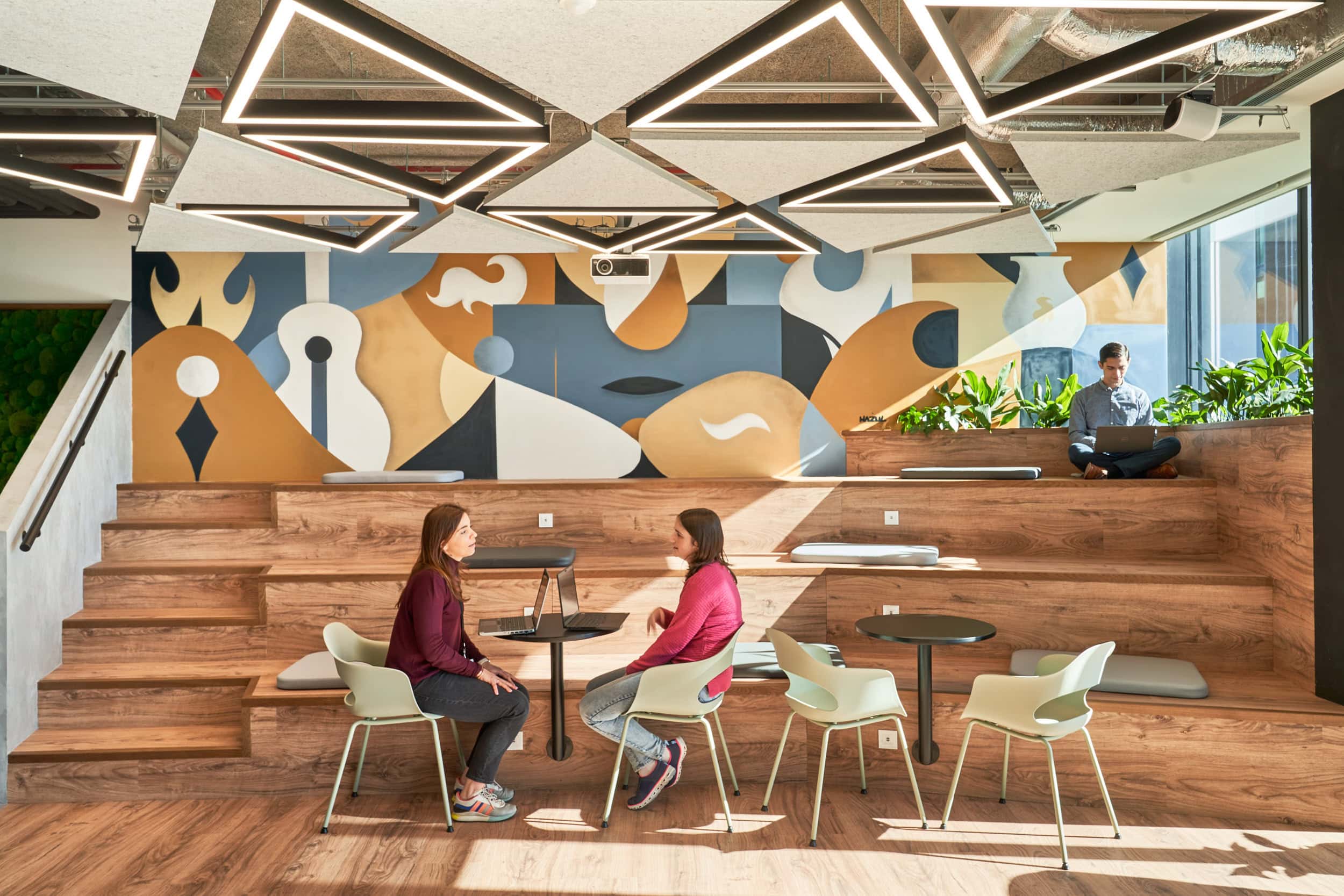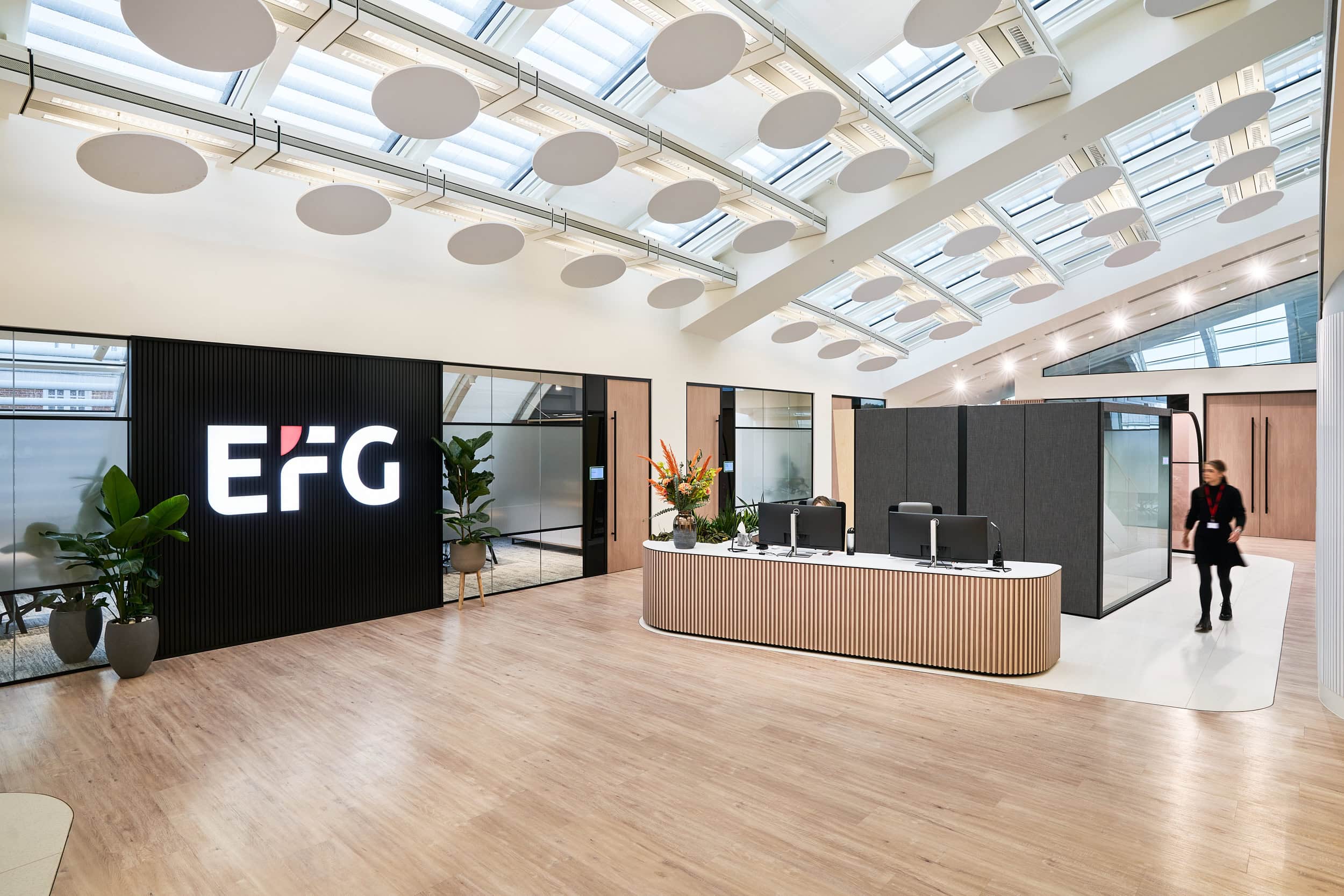Office Relocation Guide
Navigate your office move seamlessly with our Office Relocation Guide.

Deciding to relocate is a big decision with lots of varying factors that can impact the process. Organisations decide to relocate for many different reasons. It may be a financial decision, to attract new talent, to provide your current employees with a better working environment, to have more space, to be more sustainable or to have better facilities.
Whichever reasoning you have to relocate, having expertise to guide you through every step of the process can make the move much more manageable, efficient, and simple. We’ve put together a guide to help you from start to finish of the relocation process.
Office relocation guide – Stay vs go
Office relocation costs
Cost is often one of the biggest influences when considering relocating. Rent and associated office relocation costs represent one of the largest overheads for businesses and have a substantial impact on your overall profitability. It’s important to remember ancillary factors in calculating your office relocation costs.
Other factors such as staff commutes, co-location with other like minded businesses, sustainability and wellbeing considerations, adjacent facilities such as gyms, childcare, restaurants and entertainment are all important cost considerations that may have an impact on your overall profitability and image as a business.
Your future growth plans also need to be considered here, especially when determining the optimal length of your lease and depending on the stage of the business, key criteria are likely to be – location, specification & budget.
Also don’t forget when setting out your moving budget, remember to include things like stamp duty, solicitor’s cost and buying agent’s fees.
Office location
Your office location is an extension of your brand image. You might want to launch in a particular business cluster area that’s associated with your sector, such as being near the Silicon Roundabout in Shoreditch if you’re a fintech company or the Square Mile if you’re in finance.
Many businesses choose to move closer to their clients to be more accessible and improve communication. Moving to a new location can also be a great chance to break into new markets or prospects that you are looking to target.
These days there is a lot of information online for you to look up the price of other offices in the area to suss out whether that seemingly perfect space is actually a good deal.
Outgrowing your workspace
Consider the direction that your business is going in and think about your long-term plans to ensure you are prepared for any future changes within your organisation. Will you be hiring more staff or adding operational functions to your workspace? Understanding your future growth plans will help to determine the space, facilities, and location that you will need.
Forecast how many more people you’re planning to hire and find a space that’ll accommodate this. We can help you produce ‘day 1’ and ‘day 2’ space plans so that you can make the most out of your space for both your current and future workforce.
Searching for office space
It’s hard to know where to begin with your search and equally as daunting to know if you’re making the right choices. At this point begin conversation with a property agent to help you find the right space, share your specifications, and explore potential buildings.
It can also be also useful to engage with a knowledgeable design and build contractor during your search for space in order to get advice on any anticipated risk, opportunities, and the potential cost of the fit-out. Additionally we can help you out in preparing ‘test fits’ of the potential spaces you might be considering. In simple terms a test fit is a a floorplan which can confirm that the stated needs and requirements can be accommodated within your chosen space. Then once you’ve chosen your space a more in-depth analysis will take place to understand the engineering, plumbing, accessibility, and electrical elements of the space. The results from these tests will then begin the process of fully designing your future workplace.
Negotiating with landlords on your office lease
It’s also useful to have a commercial agent assist you with professional advice when it comes to renegotiating or establishing a new lease with landlords. An agent can help you to negotiate with your landlord to come to the best agreement for you and your business. It is also useful to note that it’s best to get in touch with your landlord in advance of your lease ending. This will help you to understand if they have any long-term plans as this may also become a factor in your decision-making process.
Landlords of conventional office space are likely to be accommodating to your specifications if it means they can secure a tenant in their building, particularly the case in a post-covid world. Generally speaking we would recommend getting in touch with a commercial agent at least 18 months before your existing lease expiry.
Establishing a brief
A key part of the process is really understanding what you want to gain from your move. Appointing an external project manager can help to establish your brief and understand what your organisation needs, helping you to find your next space and oversee the whole process.
Perfect timings
Preparing for your move in advance can ultimately help you to make the right decision. Knowing your timings and having plenty of time to make your decision will ensure you’re not feeling rushed into making the wrong choices. When does your current lease expire? Are you approaching a break clause? Will you consider a negotiation of your current lease or will you relocate?
If you opt into undergoing a workplace consultancy then the best idea is to allow as much time for the consultant to analyse the way your organisation works to gain the most in-depth results.
There are also other practical variables to think about such as how long a fit out can take, preparing your staff for the move, material and furniture lead times, any unexpected discoveries, or challenges during the build process. Allowing a bit of extra time for these factors can make a more smooth sailing process.
We generally suggest by around 6 months before your current lease ends you should have selected a design and build partner, and a building allowing you enough time to really get what you want from the design process and go through the process thoroughly.
Appointing a design and build partner
The relationship between yourselves and your design and build partner is key in getting the optimum results. Feeling comfortable that your chosen partner understands your business and its culture, the team in your organisation and what they need so that your branding, facilities, space etc are exactly what your workplace needs.
It’s always a good idea to choose someone who has a strong portfolio of similar projects to yours or has experience working in your sector. This experience will most likely lead to cost and time savings as they’ve been through much similar processes before, knowing what works and what doesn’t work so well.
Finding a team that can fulfil all your requirements in house can also make the whole process much more efficient. Communication is key and ensuring everyone is informed makes for a much smoother function.
Here at AIS our in-house experts and resources ensure that we use our knowledge and expertise to make the relocation process an easy one for you. If you’re considering relocating or have an upcoming lease end date and want some advice then get in touch with our team today.


